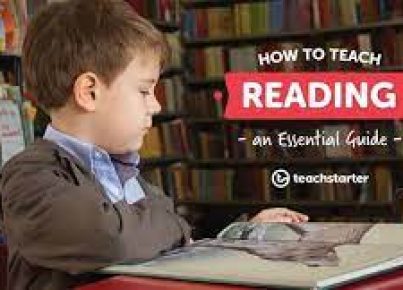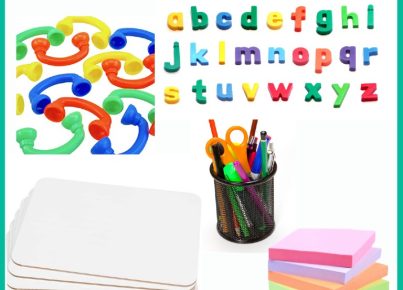In the modern home, reading is not just confined to books and screens. Incidental reading refers to the reading we do as part of our everyday activities, often without even realizing it. This type of reading can bolster literacy skills and foster a love for reading in subtle yet significant ways. Here, we explore nine opportunities for incidental reading that can be easily integrated into your daily life at home.
1. Recipe Cards and Cooking Instructions:
The kitchen offers a plethora of reading opportunities. Following a recipe requires reading and comprehending cooking instructions—turning the act of preparing a meal into an educational experience.
2. Game Instructions:
Board games, card games, and even video games come with instructions or background stories that are often read before play. This not only enhances understanding of the game but also builds reading comprehension skills.
3. Grocery Lists and Product Labels:
Writing grocery lists and reading product labels in the pantry provide everyday chances for incidental reading. Comparing nutritional information also introduces an element of analytical reading.
4. Household Chores Checklist:
Whether it’s a cleaning rota or a to-do list, household chore lists involve reading tasks and instructions that contribute to the daily quota of word consumption.
5. Mail and Bills:
Going through the mail, including bills, flyers, and letters, is an activity that involves various levels of incidental reading, often including persuasive texts and informational material.
6. Magazines and Catalogs:
Even if they sit on the coffee table for casual perusal, magazines, catalogs, and brochures are excellent sources of incidental reading that can cater to diverse interests.
7. DIY Instructions:
Home improvement projects require the consultation of instruction manuals or online tutorials—another excellent way to engage in meaningful incidental reading.
8. Calendars and Planners:
Household members naturally read dates, appointments, and reminders on calendars or in planners – keeping track of schedules while engaging with written content.
9. Signs and Posters Around the House:
Whether it’s decorative pieces with quotes or informational signs (like emergency exit plans or Wi-Fi passwords), these texts around the house can encourage habitual readership without much effort.
Through recognizing these incidental opportunities for literacy engagement within your own home environment, you can enhance you and your family’s interaction with the written word which is both constant and constructive.





